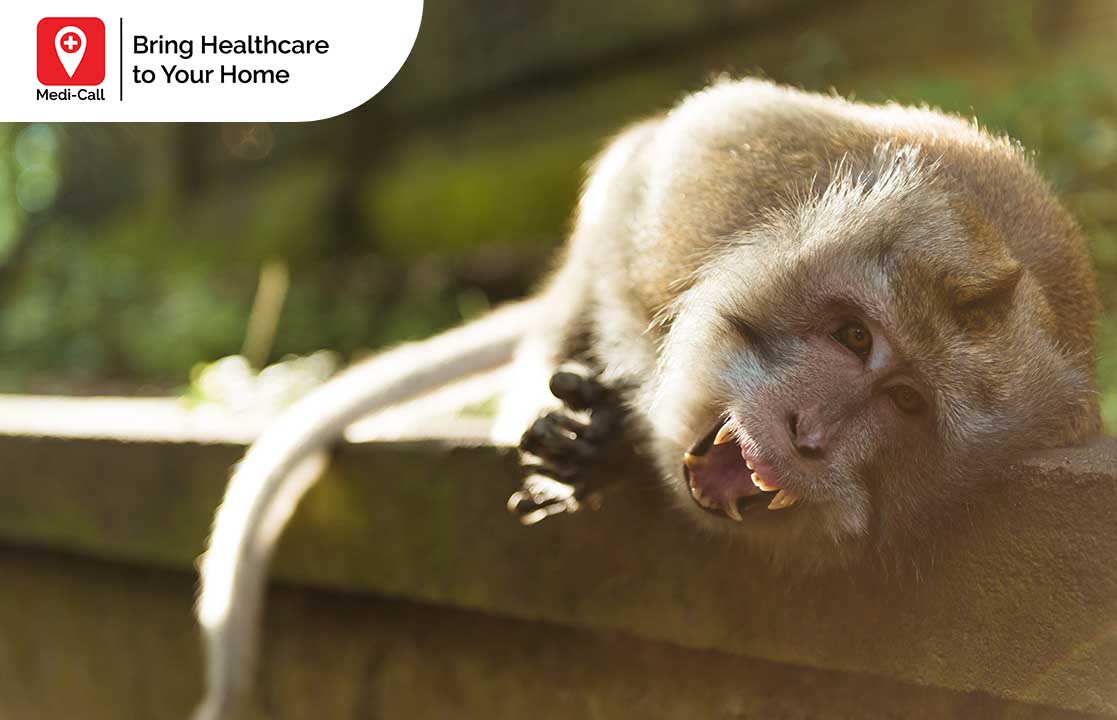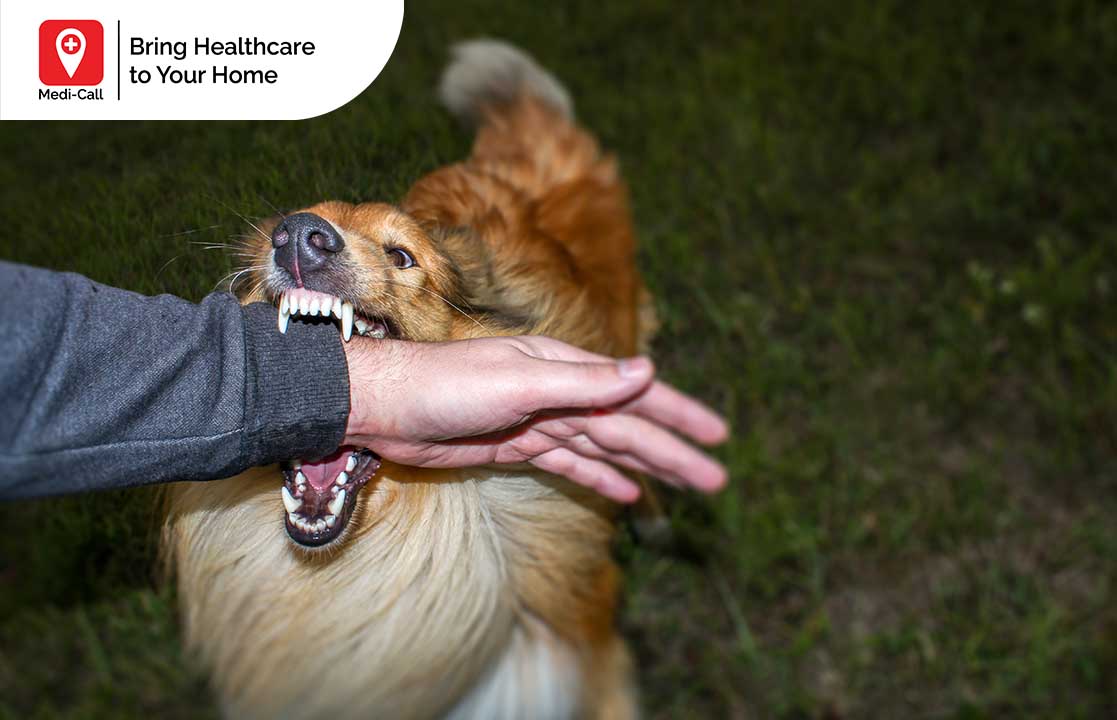Rabies in Wild Animals: Learn the Signs of an Infected Animal
Signs of rabies in wild animals usually start with the changes of behavior, for example, the rabid animal might show a tendency to be alone and look for a dark and cold place.
Rabies is an infection caused by the bite of an animal infected with the rabies virus. Most rabies cases are transmitted due to dog bites. Therefore, rabies is also known as ‘mad dog’ disease. However, animals that transmit this disease are not only dogs or cats but also wild animals such as skunks, raccoons, bats, and foxes. Animals infected by rabies can transmit the disease through saliva, bites, and sometimes scratches. A rabid animal can be characterized by the behavior, such as eating objects that are not normally eaten, hyper-sexual, excessive drooling, convulsions, and paralysis. Generally, the infected animal will die within 14 days or in 2-5 days after these signs are visible. If someone is bitten by a wild animal suspected of rabies, it is important to learn the signs of rabies in wild animals so the right treatment can be done quickly.

What is Rabies?
Rabies is an infectious disease caused by a virus called the lyssavirus. Generally, most rabies cases are caused by dog bites. However, the rabies virus can also be found in wild animals. Some wild animals that may spread the virus are skunks, raccoons, bats, and foxes. In very rare cases, humans can also transmit rabies, but this only happens through organ transplantation. A person can get infected if bitten by a wild animal infected with the virus. If this happens, further medical treatment should be taken, such as getting vaccinated to prevent the virus from spreading to other body parts. If the infected person waits too long, the virus will spread to the brain and cause death. In addition, observe the animal’s behavior and signs of rabies in wild animals so you will know what to do for the treatment. Therefore, if you are bitten by an animal potentially infected with the virus, consult with a doctor immediately to prevent the spread of this disease and before any symptoms appear.
Animals That Can Transmit Rabies
Typically, animals infected with rabies are wild animals, although it does not rule out the possibility of being transmitted by pets or mammals as well, such as cats, dogs, and cows. Nearly 95 percent of rabies cases are transmitted by dogs, the rest are transmitted by other mammals and wild animals.
Some wild animals that have great potential to transmit the rabies virus include:
- Bat
- Monkey
- Raccoon
- Fox
- Beaver
- Skunk
Signs of Rabies in Wild Animals
Rabies can attack all mammals, including warm-blooded animals. Characteristics of animals infected with rabies and the signs of rabies in wild animals can be identified by several factors, such as:
- The behavior of an infected animal will show the animal’s tendency to be more aggressive and difficult to control. This is caused by stress, anxiety, and fear experienced by the infected animal;
- One of the signs of rabies in wild animals is the infected animal tends to be sensitive to the surrounding objects, such as by directly attacking, gnawing, running and biting without any provocation or reason;
- Changes in sound, how they bark, growl, or sometimes they can’t make any sound
- Excessive drooling and foam might appear on the corner of the mouth;
- Prefer hiding in dark and cold places because of fear of light, water, and sound;
- Weakness, seizures, and loss of appetite;
- Eating unusual objects such as nails, sticks, and feces;
- Their tails might point down between 2 feet.
Animals infected with rabies may appear sick, crazy, or become more violent. However, animals infected with rabies can also look overly friendly, docile, or confused. In fact, sometimes animals infected with rabies may look like a normal animal. Initially, an infected animal may exhibit extreme behavioral changes such as anxiety, insecurity, or fear. Friendly animals may be more sensitive, or animals that are usually aggressive can seem more docile.
As the virus develops, signs of rabies in wild animals also include sensitivity to touch, light, and sound. The infected animals may eat things that are not normally eaten and like to hide in dark and cold places. Paralysis of the throat and jaw muscles will result in the appearance of foam in the corner of the animal’s mouth. Loss of appetite, weakness, seizures, and sudden death are some other common signs of rabies in wild animals.

If someone is bitten by a suspected rabid animal, immediately do the first aid for animal bites, consult with a doctor regarding signs of rabies in wild animals to get the right treatment, and get rabies vaccination service through Medi-Call application or simply contact Medi-Call Hotline at +62 81210783387.
If the virus has not spread throughout the body, the doctor will perform post-exposure prophylaxis (PEP) by cleaning the wound and injecting rabies vaccine to avoid the virus to spread to the brain and nervous system.







